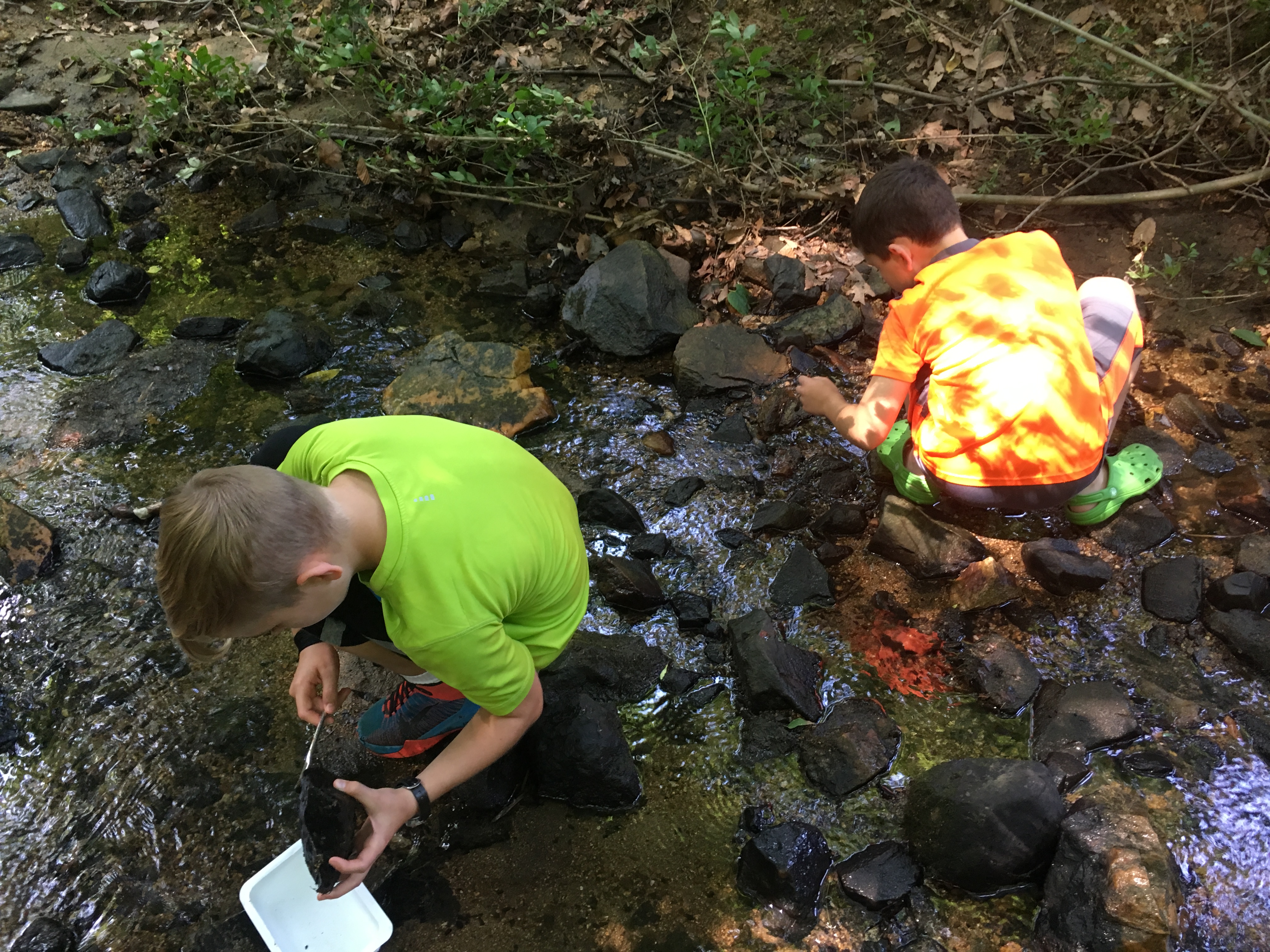Across the country, every minute of every day, water glasses are filled from a tap, toilets are flushed, laundry is washed, and bathtubs are filled. Where does this water come from? Where does it go? Who helps to ensure this water is safe?
A new project funded by the National Science Foundation’s ITEST (Innovative Technology Experiences for Students and Teachers) program increases student interest in STEM careers and builds environmental awareness about watersheds. Watershed Advocacy using Technology and Environmental Research for Sustainability or WATERS for short is a collaborative project with Millersville University and Stroud Water Research Center. The goal is to increase student interest in STEM careers by broadening the population of students who believe they have the ability and skills to pursue STEM careers.

WATERS builds on the success of two prior National Science Foundation-funded projects — Teaching Environmental Sustainability: Model My Watershed and Water SCIENCE — that used scientific data, knowledge, and practices to enable participation in evidence-based decision-making about issues impacting learners’ local watersheds. Middle and high school students used hands-on geospatial analysis activities and innovative software to learn about their watersheds. They also learned about careers in environmental conservation and engineering.
WATERS extends these approaches and applies principles from Universal Design for Learning (UDL) to create a powerful, scalable approach to water learning that is open to all students. The curriculum presents information in a flexible format, reduces barriers in instruction, and provides appropriate supports and challenges.

Principal Investigator Carolyn Staudt says, “From experiencing severe droughts to awareness of floods and drinking water issues, students across the United States are all affected by and dependent on water quality issues. WATERS teaches a systems approach to problem solving through hands-on, inquiry-based activities. Middle school students explore local watershed issues by incorporating national and local data and geospatial analysis.”
The WATERS curriculum features both the award-winning Model My Watershed app and the Runoff Simulation to help students discover what happens in their local watershed. Students also explore and collect real-world scientific data from their schoolyard and local streams using low-cost water testing kits and software and sensors that record temperature, light, and relative humidity. The Water Quality mobile app provides students with a field data storage platform with site profile, chemical and physical parameters, and a digital field guide to aquatic macroinvertebrates. Finally students investigate aquatic macroinvertebrates as a bioassessment of stream health using leaf pack kits. Based on these varied and immersive field investigations, students gain insight into watershed health, then use Model My Watershed to model potential improvements to conservation practices and create an action plan to initiate their proposed changes.
Concord Consortium President Chad Dorsey notes, “The intentional use of technology and integrated learning approach make for powerful learning that helps students understand the place of water in their local surroundings. By using maps, models, and simulations of the environment, students learn the factors involved in interacting with and protecting water in their surroundings.”
WATERS aims to greatly increase awareness of and engagement with water concepts and career pathways in learners nationwide, starting by helping students answer the most basic and most profound questions about local water issues.